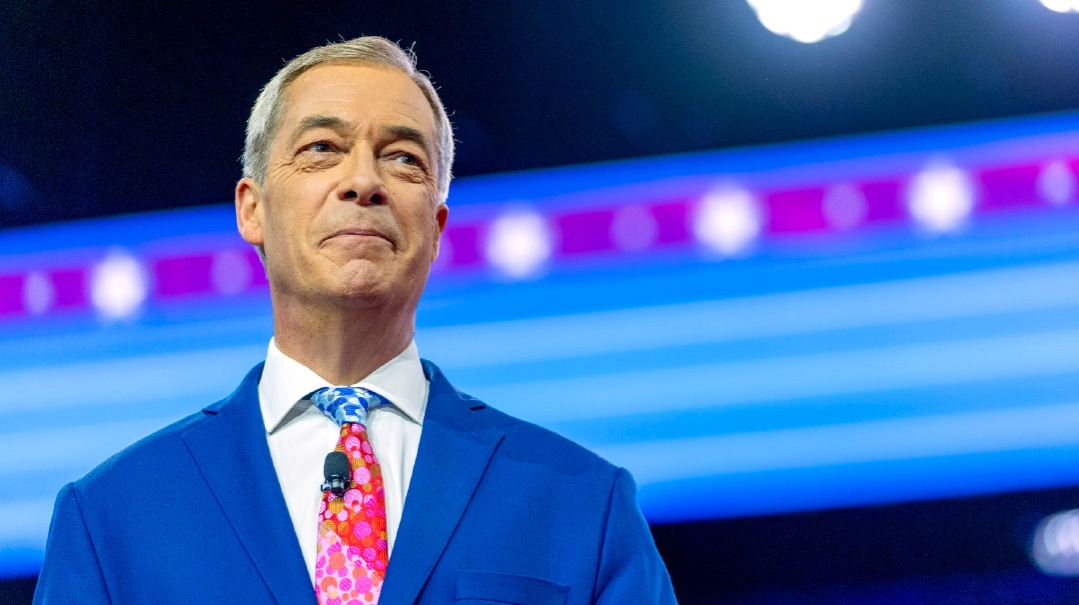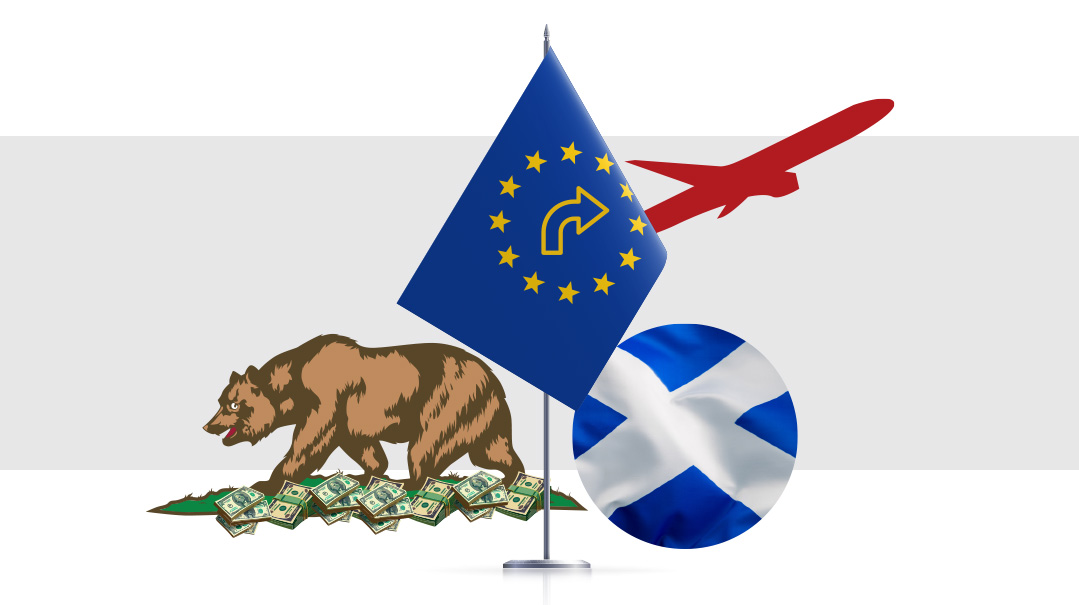Is Political Polling Broken?

"Polls are not a prediction for who’s going to win, but a snapshot in time”

The Soapbox
With many polls predicting a Democratic landslide, the narrow Biden win last week — four years after they missed Trump’s rise — has us wondering: Is political polling broken?
Yochonon Donn
I have a friend who is always sending me polls — polls about Trump, polls about the national state of happiness, polls about Israel, even polls about polls (polls generally give polls low polling).
I’m always asking him why he ritualistically follows these polls when they’re constantly wrong.
“You’re getting polling wrong,” he says. “Polls are not a prediction for who’s going to win, but a snapshot in time.”
They’re just proving to be a snapshot of the liberal mind. The margin of error may as well be, oh, 30%. Or more? How can a slow drumroll of polls that predict week after week, month after month, that Trump will lose in a landslide — with not a single poll the establishment will care to endorse saying otherwise — and then the real poll of actual, real-life people comes out and he’s within a Scaramucci of winning reelection?
Based on the difference in polls and real votes in both 2016 and last week, I boldly propose that Trump’s approval rating these past four years was actually 65% (prove me wrong).
The media obsession with peering into the mind of the collective voter began 75 years ago. They may have gotten a poll or three accurately, the elders recall, but they’ve been living on the laurels of past glory for way too long. You wouldn’t hire a stockbroker with this record, I wouldn’t use a doctor with this failure rate, but polls decide whether lawmakers should vote a certain way or which candidates end up on the debate stage.
So pull the polls. And let candidates actually try to appeal to all voters.
Binyamin Rose
For perspective, I reached out to Sean Trende, senior elections analyst for Real Clear Politics (RCP). I asked him how he would rate the pollsters’ overall performance this year.
“Abysmal,” Trende said. He noted that Senator Susan Collins (R-ME) never led in a single poll in her state, but won by 9%. Thom Tillis led only in two post-June polls in North Carolina, and won by 1.7%. “And the margins [of error] on the presidential polling were a mess. Polls showed a tie in Ohio. Trump won by 8%.”
But if confidence in pollsters has been undermined, what must they do to regain public trust? Can they improve their methodology, or reduce bias?
“The polls just need to get a cycle cleanly correct," Trende said. “The 2018 [midterms] were better than 2016 or 2020, so perhaps this is a Trump-specific phenomenon.”
He pointed out that only half the final presidential polls in the RCP average were within a 5% margin of error. I asked if he could cut out the outlier polls, on both ends, to arrive at a more accurate average.
“I can’t see us doing that,” Trende said. ”The problem is that you don’t know which are outliers until after the ballots have been cast. That rationale caused some people to urge us to take Trafalgar, Rasmussen, and Susquehanna out of our averages, and they ended up being some of the best pollsters!
Eli Steinberg
I don’t think anyone can look at the results of the 2020 election — or the media coverage that led up to it — and not conclude that polling, as we know it, is broken. It wasn’t just some (or even most) of the polling outfits that experienced significant failures. Virtually everyone in the polling business made massive errors on multiple levels (national, individual state, House, Senate) in some way, shape, or form.
For the most part, even the pollsters are acknowledging as much. Some, like Frank Luntz, even said his industry is “dead.” However, many of them said the same in 2016, only to backtrack and insist they fixed the problems by “weighting the polls for education.”
But apparently, that was not enough to fix the problems.
It is straightforward as to why this is. Polling is a science, and science is only as good as the scientists who interpret their findings. If a pollster has an inherent bias, his findings will be biased as well.
Perhaps the defining characteristic of the “Trump era” has been the smart set’s determination not to engage in any introspection at all. Whether it was the Republican establishment in 2015 or the Democrats in 2016, nobody wanted to take a look inward and see what they might have contributed to creating an atmosphere in which an entertainer could swoop in and take over an entire political party, and then, the presidency.
The same will hold true for the pollsters. And nothing will really change.
Eli Steinberg is the founder and principal of On Message Communications
Omri Nahmias
The polls weren’t wrong. The polls correctly predicted the winner, and were right about five of the states they predicted Biden would flip. In the three other states, which Trump won, the polls were close. This makes sense and it happens, but it doesn’t mean that the polling industry is dead.
Another question is whether polls depressed Republican turnout — i.e., could it be that Trump voters saw their candidate trailing by ten in the polls and decided they might as well stay home? This claim also doesn’t hold water. First, if polls gave Biden a 3% lead in Ohio and Trump won by 8%, clearly not many Trump voters sat out the election. On the contrary, Trump’s base turned out in the millions, outperforming his 2016 result by 8 million votes. Trump got the second-largest number of votes in history, second only to Biden. That’s not what depressed turnout looks like.
Second, this claim goes both ways. When polls show Biden leading by up to 8% in Wisconsin, many Biden supporters could conclude that their votes aren’t necessary and decide to stay home. In the end, Biden won the state by 0.6%.Maybe the polls depressed Democratic turnout by making Biden supporters complacent?
If there’s one thing that polls missed, it was the sheer number of people who participated in the election. To explain, when building a sample for a poll, you have to weigh the participants by race, gender, etc., in accordance with each group’s percentage of the electorate. Trump managed to turn out a far larger number of whites than pollsters had accounted for in their models. When pollsters asked whites in their samples how they were voting, the results fell along a certain divide. But if they had taken into account that whites would turn out in much larger numbers than 2016, they would have showed a much tighter race overall.
Another narrative making the rounds is the idea that Biden’s victory was narrow and unconvincing. Well, Biden won 5 million more votes than Trump, and is on track to net 306 electoral votes, having picked up states such as Georgia and Arizona (as of this writing), which haven’t voted Democratic since 1992 and 1996. For me that’s a clear and decisive victory, even if talk of a blue Texas will have to wait.
(Originally featured in Mishpacha, Issue 835)
Oops! We could not locate your form.













